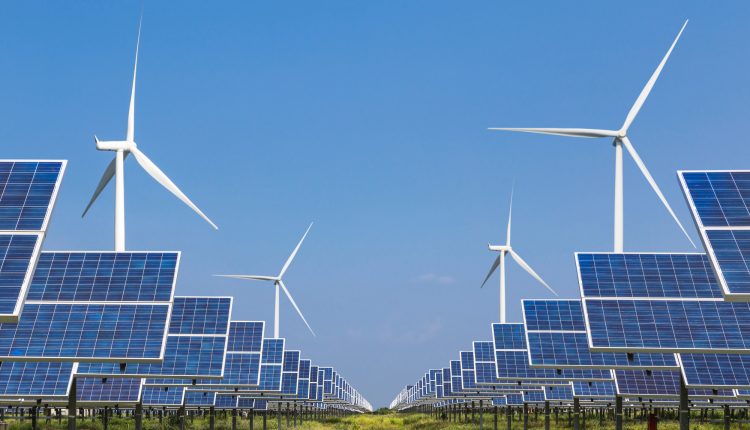In recent years, India’s renewable energy sector has witnessed impressive growth, setting ambitious targets and significantly contributing to the nation’s sustainable future. However, this growth has brought forth challenges, particularly the delicate balance between green energy projects and ecological preservation. This blog post explores the critical issues facing India’s renewable energy sector, focusing on land and ecological concerns, including challenges related to the endangered Great Indian Bustard (GIB). It also examines potential solutions to these pressing problems.
Land Availability & Utilisation
Subrahmanyam Pulipaka, a prominent figure in India’s renewable energy sector, highlighted the increasing challenge of land availability and utilisation. While India possesses extensive land resources, developing large-scale solar projects requires aggregating numerous land parcels, a process that can be slow and cumbersome, leading to project delays. Moreover, renewable energy projects, especially solar installations, often require arid or semi-arid land, which is becoming scarcer, posing challenges for further expansion.
Great Indian Bustard & Collision Concerns
One of the most pressing ecological issues in the renewable energy sector is potential collision of the endangered Great Indian Bustard (GIB) with transmission lines in regions where these birds are prevalent, primarily in Rajasthan and Gujarat. Solar projects in these areas have put the GIB at risk. Subrahmanyam Pulipaka discussed efforts to address this issue, demonstrating the industry’s commitment to protecting this endangered species.
International Case Studies
To provide context, Pulipaka highlighted international case studies where similar bird collision issues occurred. Countries like the UK, Namibia, and those in EU successfully employed bird diverters in various forms to reduce bird collisions with power lines. These examples show that coexistence between renewable energy infrastructure and bird populations is possible. Importantly, the industry’s intention is not to harm these birds but to find ways for them to coexist harmoniously with renewable energy projects.
The Challenge Of Underground Transmission Lines
One proposed solution to protect the GIB and other wildlife is to bury transmission lines underground. However, this approach presents significant challenges, including technical complexity, high costs and safety concerns. Pulipaka explained that undergrounding high-voltage lines will substantially increase project costs, rendering many renewable energy projects economically unviable, potentially hindering India’s progress towards its renewable energy goals.
Implications For Project Costs
Addressing concerns about cost implications, Pulipaka emphasised that transitioning to underground transmission lines would significantly escalate project costs. While specific figures were not provided, it was highlighted that this would have a profound impact on the industry’s growth and impede India’s renewable energy ambitions.
Stricter Norms For Green Energy Projects
The conversation also touched upon the need for stricter environmental norms and impact assessments for green energy projects. Pulipaka highlighted that India’s renewable energy sector is actively working towards incorporating sustainability into its operations. Projects are increasingly exploring co-cultivation with vegetation beneath solar panels to optimise land use while addressing ecological concerns.
A Call For Balanced Policy
Pulipaka called for a balanced policy environment that considers both the imperative for renewable energy and ecological preservation. He emphasised the sector’s commitment to initiatives like industry-funded breeding programmes for the GIB and the cultivation of crops in arid regions beneath solar panels to promote sustainability.
In conclusion, India’s renewable energy sector faces a complex landscape, requiring a delicate balance between clean energy and ecological preservation. Challenges related to land availability, wildlife protection, and evolving policies are at the forefront of this endeavour. While these challenges are formidable, the sector is actively seeking solutions that enable the coexistence of green energy and ecology, benefiting both India’s future and the planet as a whole.
(This is an excerpt from an episode of the India Energy Hour)



Comments are closed.